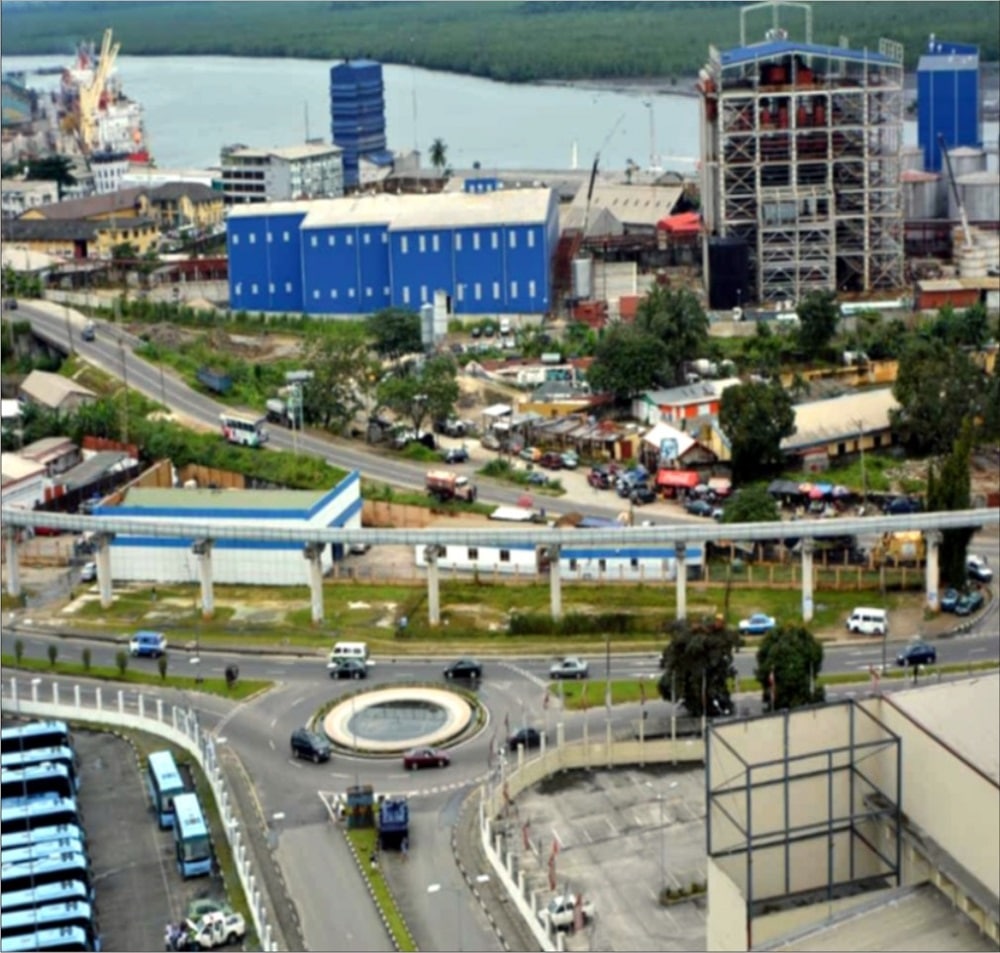Building on the milestones of the New Kigali master plan 2050 and the momentum of the United Nations Sustainable Development Goal to follow up on Sustainable Development Goal 11 (SDG11: “Make cities and human settlements inclusive, safe, resilient and sustainable” by 2030).
This new concept has the population projection now at 3.8million, household size at 3.8, gross density at 5198 p/sqkm, and employment projection at 1.8m jobs. This new updated Kigali Master Plan 2050 is an upgrade to the 2013 version and will lead the economic and social growth of Kigali for the next 30 years.
Considered as a densely populated city, Kigali is projected to have 3.8 million inhabitants by 2050, increasing from the current 1.6 million with a rapid increase in the number of elderly people and the worsening issue of young people unable to afford to leave home, will drive demand for multi-generational accommodation. More homes will be designed with flexible layouts to suit different generations, which can be adapted as families’ needs change.
Homes of the future in Kigali will increasingly tap into neighborhood energy systems, feature flexible layouts and use improved technology to make automatic decisions about heating, security and even postal deliveries.
More innovation will be used when designing “third age” homes for people over 65, reflecting demand for accommodation with lifts, level access and communal activities, whilst retaining privacy and a sense of ownership.
By 2050, technology will transform homes into collectors and storers of energy, with electricity, now generated by non-fossil fuel, most likely to be used to heat homes and hot water.
Electric cars will be commonplace with every property equipped with a charging point. The future home will manage its energy use from a centralized platform, combining heating, electrical consumption, ventilation and vehicle charging.
As energy efficiency becomes ever more important, ideas currently used in workplaces will become standard in homes, such as allowing non-essential equipment to automatically power down when electricity is at peak price.
What is needed to achieve this?
Urban planning that combines adequate housing with quality, inclusive and sustainable neighborhoods. This calls for public officials who are most sensitive to the everyday needs of Kigali inhabitants should be committed to planning mixed, compact and polycentric cities where housing benefits from a balanced context and contributes to the social, economic and environmental sustainability of the urban fabric.
And also, promote the compactness of urban fabrics to combat urban sprawl. We need urban planning practices that avoid the dependence on the private vehicle and return to the model of accessible, walkable and bikeable cities that are provided with efficient public transport networks. boost existing urban fabrics and promote mixed uses in all of our neighborhoods. We must promote fair housing and integrated neighborhoods.
Role of the Private sector
The private sector needs to embrace innovative technologies to finance land acquisition, securing title, development of urban infrastructure, construction and subsequent operation and maintenance of affordable housing. Crowdfunding and blockchain offer potential, as do Islamic bonds (sukuk) in Islamic countries.
In developing countries, where it is complex or impossible to raise funds from capital markets, the private sector needs to work with national or state governments to set up mortgage liquidity facilities and develop a secondary mortgage market.
Where it does not yet exist, the private sector can develop the residential Real Estate Investment Trust (REIT) market, which can become a useful tool in scaling the supply of rental units in the city.
Impact investing in affordable, energy-efficient housing can help bring positive social change along with investment returns.
Investment in sustainable design concepts and energy efficient housing can help optimize space (particularly co-living, micro-housing and macro-housing) and reduce energy costs (with use of green roofs and energy efficiency measures).
Developers should stay abreast of innovative construction techniques such as 3D printing and prefabrication, which are evolving rapidly and could soon reach the mainstream.
Alternative materials to cement and concrete should be explored with a view to reducing costs without sacrificing significant strength or durability.
Advanced automated equipment and tools such as building information modelling, building automation and control, and material passports could improve productivity.
Developers should work with educational institutions to increase investment in research and encourage skills development.
In the final analysis, though Kigali master plan is primarily focused on government action, the initiatives need community buy-in from individual citizens as well as community leaders.
For example, individuals can take actions such as fixing up their local parks, creating rooftop gardens, or participating in community composting programs to improve the quality of greenspaces and create additional ones in new spots.
People can make small steps in their own neighborhoods to support sustainable Kigali on a world-wide level.





